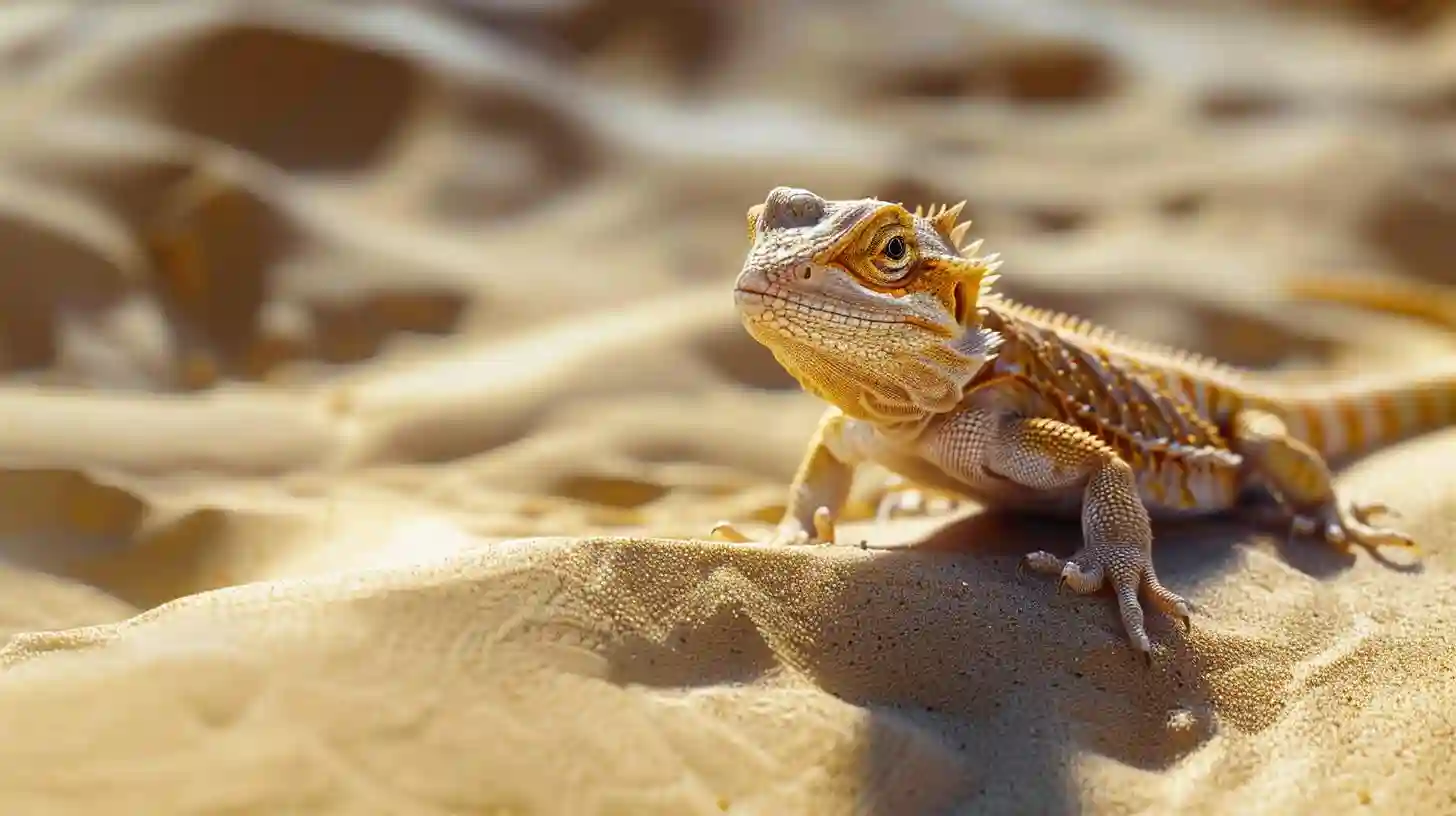
Desert lizards are an interesting and diverse group of reptiles that have adapted to survive in some of the harshest environments on Earth. From the iconic horned lizard to the fast spiny lizard, these creatures have evolved a variety of unique features and behaviors that allow them to thrive in the world's arid deserts.
One of the most famous desert lizards is the horned lizard, also known as the horned toad or horned toad. These lizards are named for the distinctive horns on their heads and are found throughout North and Central America. Despite their name, horned lizards are not actually a species of toad, but are a species of lizard in the family Phrynosomatidae.
Horned lizards are known for their ability to spray blood from their eyes as a defense mechanism against predators. When threatened, a horned lizard can shoot blood from the corners of its eyes up to five feet away. It is believed that this strange behavior scares predators and gives the lizard a chance to escape. In addition to their ability to spray blood, horned lizards are also able to change color to match their environment, providing them with excellent camouflage in desert environments.
Another interesting desert lizard is the spiny lizard, also known as Uromastyx. These lizards live in the deserts of North Africa, the Middle East and parts of Asia. Spiny lizards are known for their distinctive spiked tails, which they use for defense against predators. When threatened, the spiny lizard lashes out with its tail, delivering a painful blow to any potential attacker.
Spiny tailed lizards are also able to survive in extremely hot and dry conditions by burrowing underground to escape the heat of the day. They are well adapted to saving water and can go without drinking for a long time. In fact, some species of spiny lizards are known to survive up to a year without access to water, relying instead on the moisture contained in their food.
In addition to physical adaptations, desert lizards have also evolved a variety of behavioral strategies that help them survive in harsh environments. For example, many desert lizards are crepuscular, meaning they are most active in the early morning and late afternoon when temperatures are cooler. This allows them to avoid the intense heat of the midday sun while still having enough light to hunt for food.
Desert lizards are also known for their ability to regulate their body temperature to withstand extreme temperatures. Many desert lizards are able to bask in the sun to raise their body temperature, allowing them to become more active and hunt for food. However, they also need to be careful not to overheat, so they will seek shade or hide underground to cool down if necessary.
One of the challenges desert lizards face is finding enough food to survive in such a harsh environment. Many desert lizards are opportunists, meaning they will eat any prey available to them. This can range from insects and spiders to small mammals and birds. Some desert lizards, such as the chuckwalla, are herbivores and feed primarily on leaves, flowers and fruits.
Despite adaptations, desert lizards still face threats from human activities such as habitat destruction and climate change. As temperatures rise in desert regions around the world, desert lizards may have difficulty finding suitable habitat and adequate food sources. Efforts are being made to conserve desert lizard populations and ensure their survival for future generations.
Desert lizards are a diverse and interesting group of reptiles that have evolved many unique adaptations to survive some of the harshest environments on Earth. From the blood-spraying horned lizard to the spiny lizard with the spiked tail, these creatures have captured the imagination of people around the world. By studying and understanding desert lizards, we can learn more about the incredible abilities of these hardy animals and the importance of protecting their habitat for future generations.